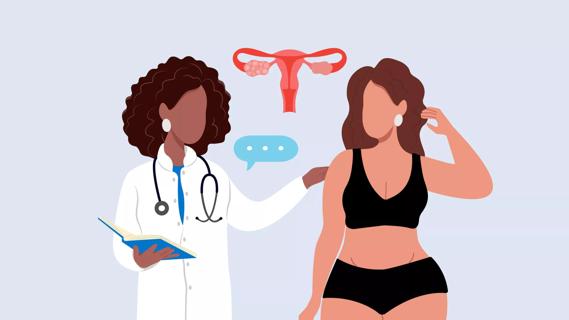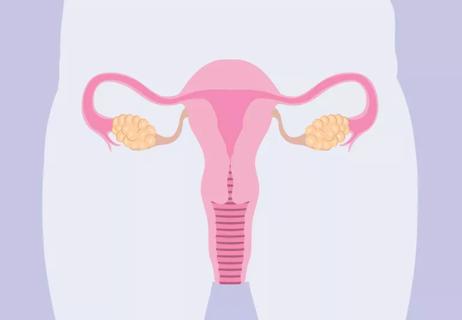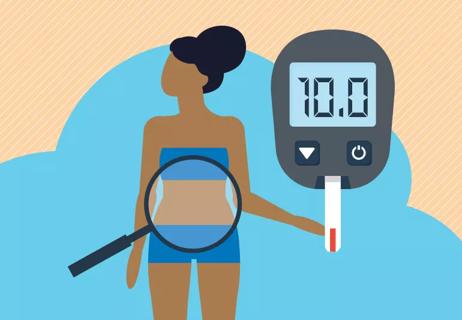Hormonal imbalances and insulin resistance can cause weight to accumulate around your midsection

Living with polycystic ovary syndrome (PCOS) comes with challenges. The acne. The stray hairs. The periods that are as reliable as public Wi-Fi in a rural coffee shop.
Advertisement
Cleveland Clinic is a non-profit academic medical center. Advertising on our site helps support our mission. We do not endorse non-Cleveland Clinic products or services. Policy
And then there’s the belly fat — often called “PCOS belly.” It’s that stubborn weight around your midsection that doesn’t seem to budge, no matter what you try.
It’s frustrating. And it’s not just about how your clothes fit — it’s also about your health.
We talked with Ob/Gyn Yolanda Thigpen, MD, about why PCOS can lead to belly weight and what to do about it.
PCOS belly refers to weight gain around your midsection. It’s a common concern for many women with PCOS.
“Having PCOS can lead to what we call an ‘apple shape,’ where you carry excess weight around your belly even when the rest of your body is lean,” Dr. Thigpen shares.
There are two main reasons why it happens:
“A PCOS belly is typically a round midsection that’s firm, not soft or fluffy,” Dr. Thigpen describes. “This is due to carrying more fat around the internal organs (visceral fat).”
Advertisement
You can still have a healthy body mass index (BMI) and have a PCOS belly, like if your arms, thighs and hips have a very low body fat percentage. But a PCOS belly means your waist circumference and waist-to-hip ratio (WHR) are higher than is typically considered healthy.
A firm, round abdomen typical of PCOS belly can be a sign of visceral fat. And that’s why it’s worth addressing.
“Visceral fat lives far below the skin,” Dr. Thigpen explains. “High levels of visceral fat surround your organs and can further contribute to insulin resistance and put added strain on your heart.”
Let’s not sugar-coat it. Losing a PCOS belly can be tough. PCOS changes your metabolism and your body’s fat-storage system, making it that much harder to lose weight.
But with careful attention to things like diet, exercise and stress management, it can be done. What’s more, the steps you take to care for yourself can make your body work its best. So, even if the results aren’t immediately noticeable to your waistline, your efforts are still 100% worth it.
Dr. Thigpen suggests these best practices for addressing PCOS belly.
Talk with your healthcare provider for personalized advice about managing PCOS belly. And remember that it’s not about giving up the hunt for a bathing suit with tummy control or the awkwardness of shimmying into shapewear. It’s about managing your health — and helping your body feel like yours again.
Advertisement
Learn more about our editorial process.
Advertisement

Diet won’t cure polycystic ovary syndrome, but healthy eating can help you feel your best

The supplement may help with weight management and blood sugar levels

PCOS can cause skin problems, but birth control pills, hormonal medications and topicals can help

The common hormonal condition is linked to insulin resistance, which can cause weight gain

While this hormonal condition can be hereditary, there are other risk factors to also consider

Lifestyle changes, like a healthy diet and exercise, can help with fertility issues

How these lifestyle changes may help restore insulin sensitivity

Stress, PCOS, perimenopause or hyperthyroidism may cause a low flow

Start having sex about 72 hours before ovulation, then at least every other day during your fertile window

Attachment theory suggests that your earliest relationships shape connections throughout your life

It isn’t a recognized mental health disorder, but research shows that problematic social media use can negatively affect your mental health, self-esteem and sleep